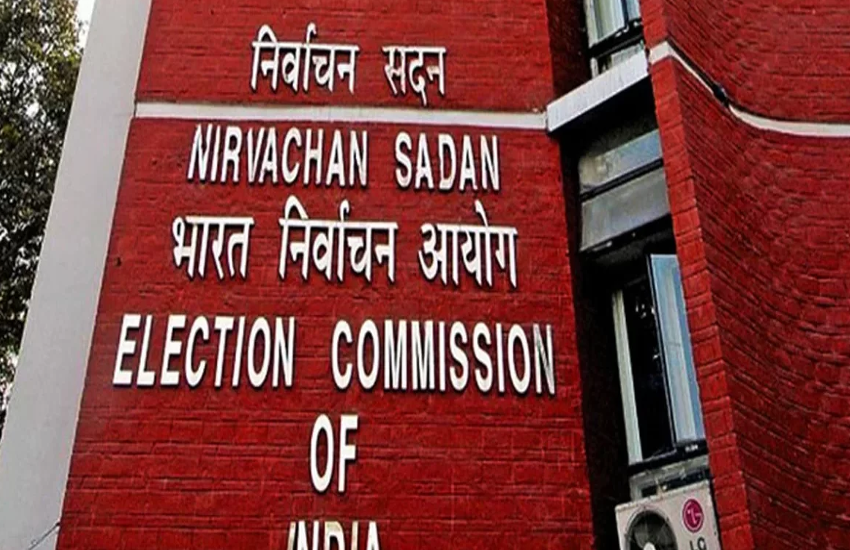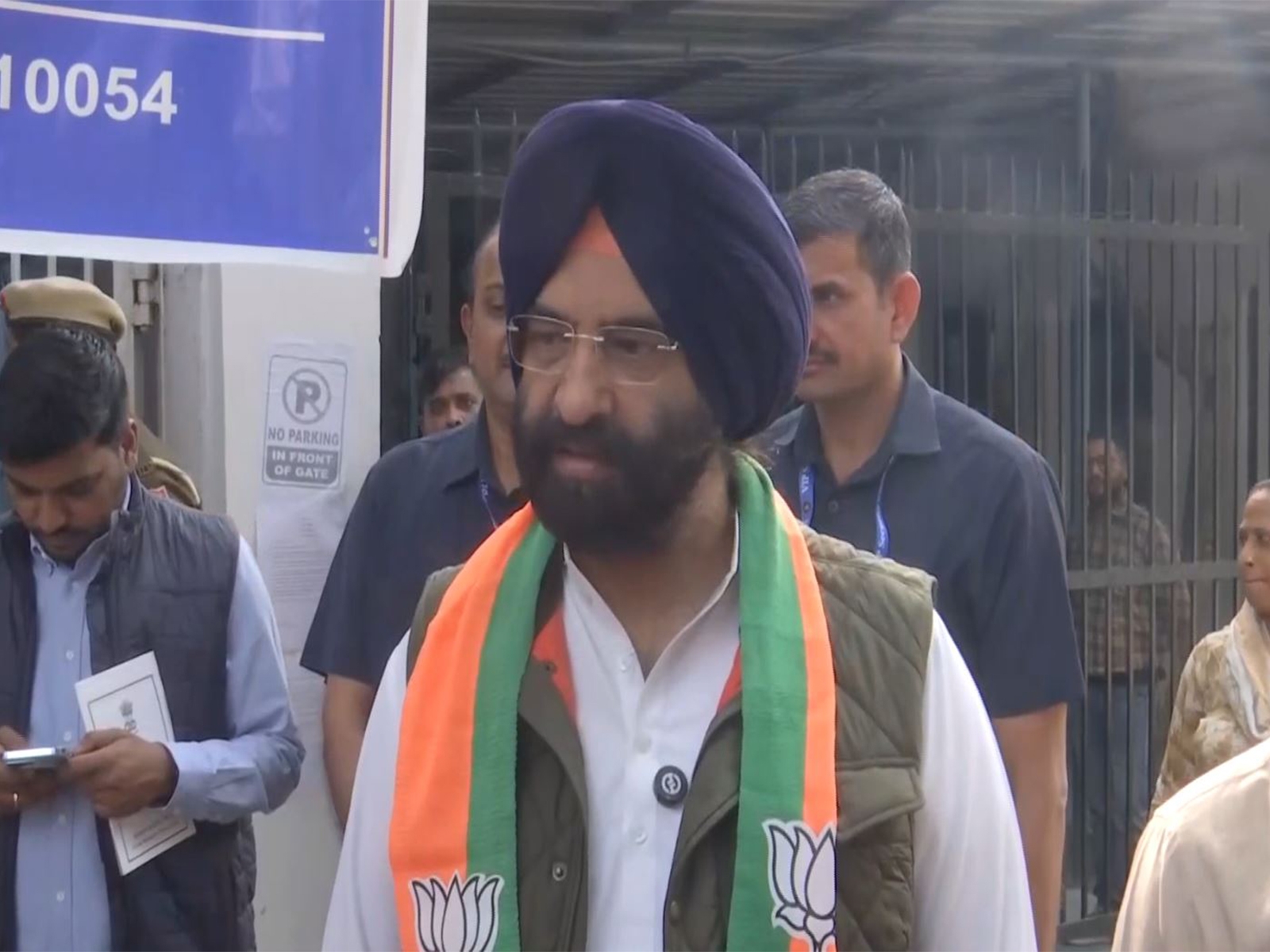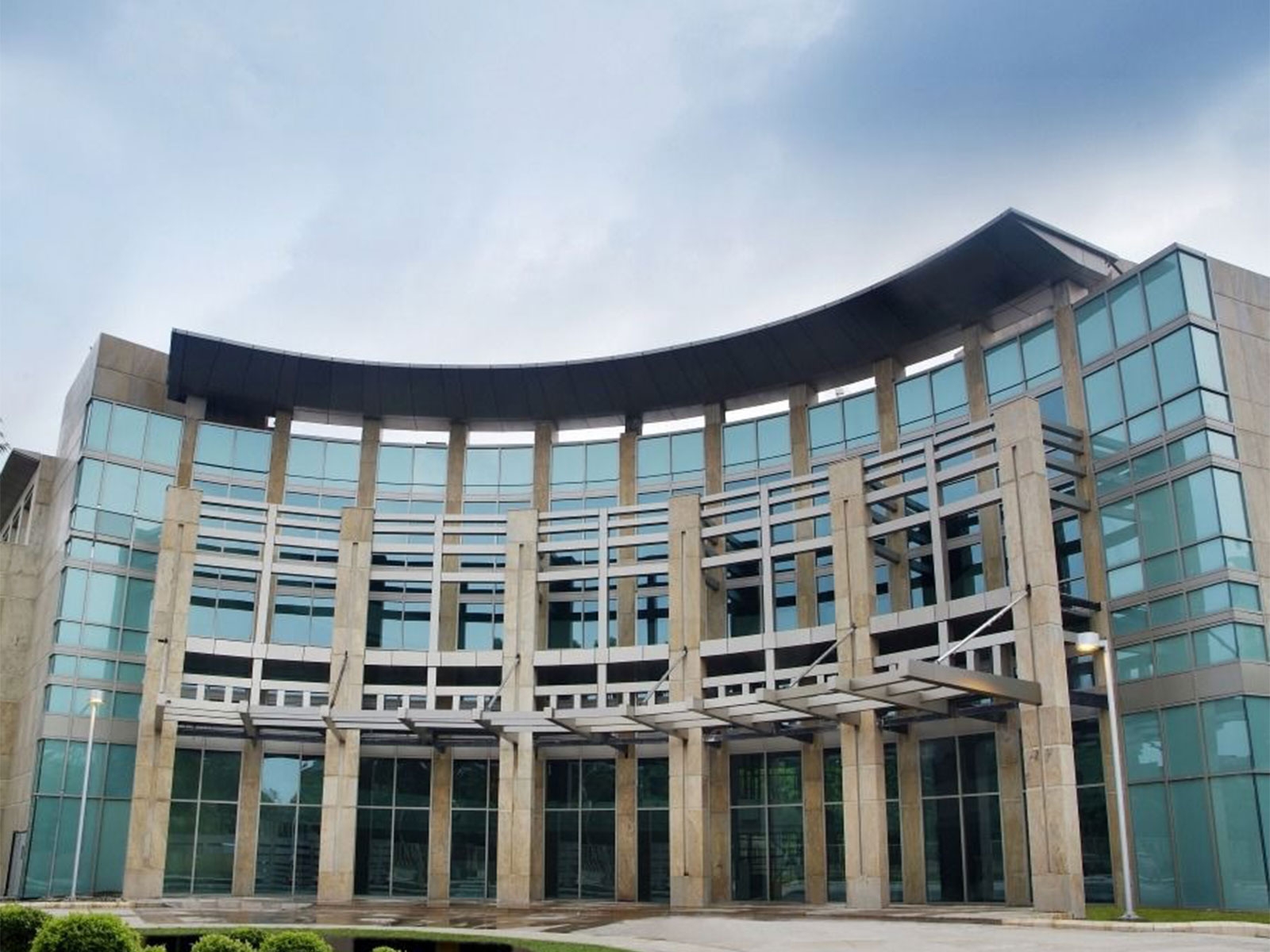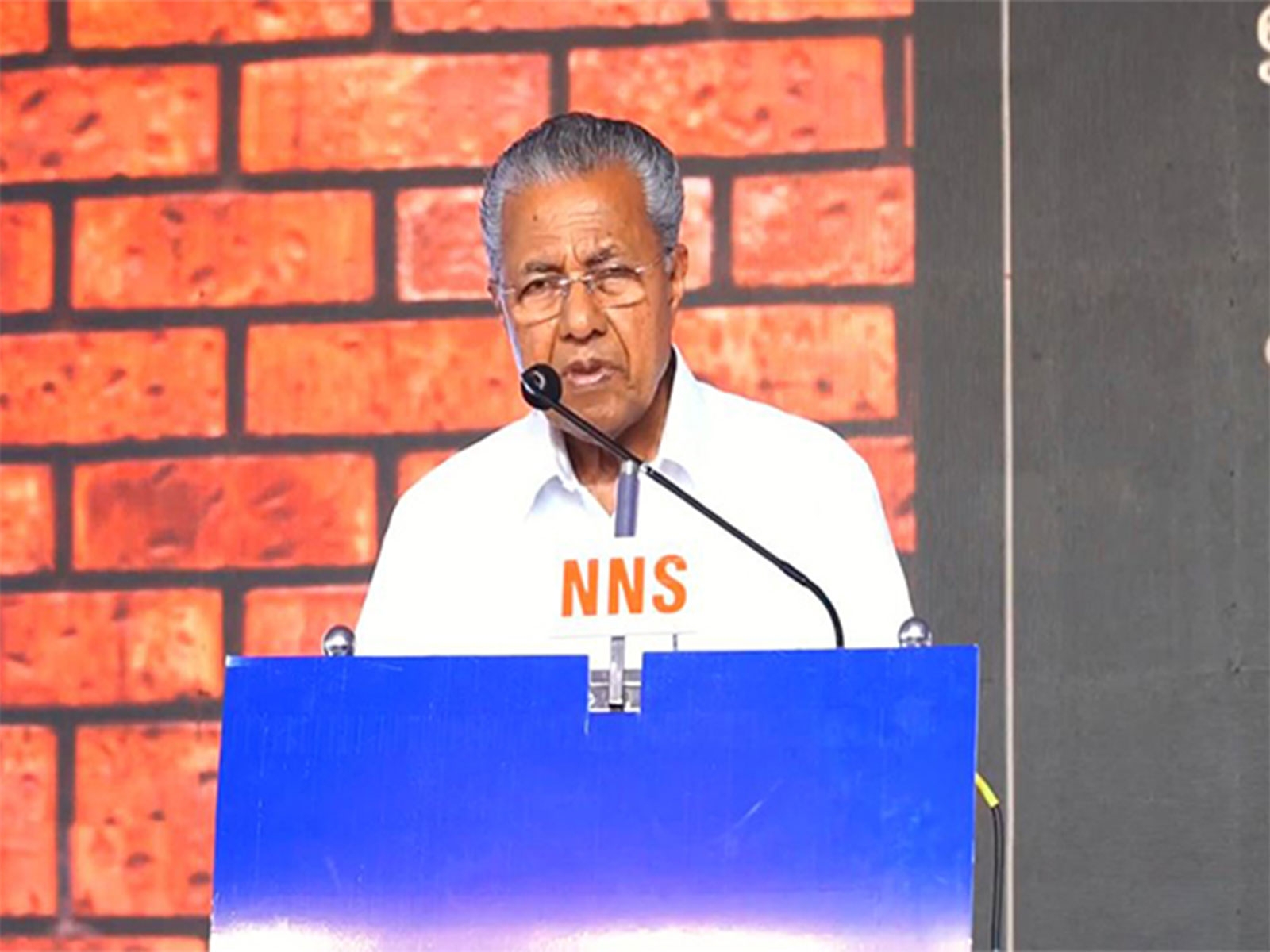Jat agitation intensifies: Delhi's water supply cut, highways blocked

The agitation
- Jats refuse to call off stir despite Haryana govt\'s assurance of a quota
- Anarchy continues in Haryana. 10 people have died and 150 have been injured so far
The impact
- Delhi water supply has been cut. 800 trains have been cancelled
- The agitation is likely to spread to neighbouring states
More in the story
- How much damage has the stir caused?
- Where did the BJP govt go wrong?
- BJP\'s dilemma
Violence and arson continued across Haryana even as the Manohar Lal Khattar government continued firefighting on multiple fronts. The number casualties has gone up to 10 while more than 150 have been injured as the security forces struggle to restore normalcy.
The agitation started by members of Jat community for getting reservation in educational institutions and jobs under the Other Backward Caste (OBC) category now seems to be on the cusp of spreading to other states like Delhi, Uttar Pradesh, Uttarakhand and Rajasthan. If this happens, the central government will have a lot of trouble on its hands.
Opposition parties in the state have started questioning Prime Minister Narendra Modi's silence on the issue. Every party in the state has issued appeals to the people to maintain peace and take the path of dialogue to resolve the issue.
Also read: #JatQuotaStir: how Haryana CM Khattar dug himself into a hole
The agitation intensifies
The Haryana government stood helpless as the agitators blocked all the highways leading to the state. This has left thousands of people stranded in the middle of nowhere. People are not even able to reach Delhi and the air tickets between Chandigarh, Jaipur, Jammu and Delhi were reportedly being sold at almost 4 to 5 times the normal fare. Bus services to Delhi that pass through Haryana have been suspended.
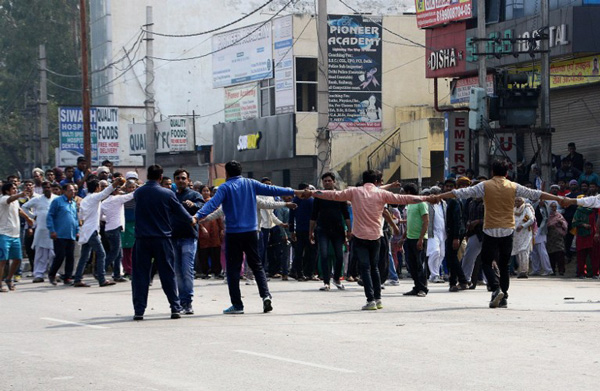
Indian residents form a human chain on a street following fatal caste protests in Rohtak on 20 February, 2016. Photo: STR/AFP
Around 800 trains stood cancelled and the bus services continued to be suspended on around 900 routes within the state. Several railway stations in the state were attacked by the arsonists - Jhajjar, Buddha Khera, Julana and Pillu Kheda were set on fire. A ticket window was torched in Gurgaon.
Also read: Voice of the weak: why forcing out Scroll reporter is a crime against Bastar's victims
The presence of army personnel and the flag marches have failed to deter the agitators from indulging in violence. The police had to resort to several rounds of firing in Sasidon in Jind to tackle violent mobs. Jind administration has called for army in the town. A rice mill was also torched in Sonepat.
The vehicles and house of former Haryana education minister Geeta Bhukkal were reportedly set on fire by protesters in Jhajjar on Saturday. An ATM was also burnt in Bhiwani.
There are reports that the losses incurred by the state over the last three days could be to the tune of Rs 18,000 to Rs 20,000 crores.
There were also reports of the agitation being taken over by lumpen elements who were more interested in looting shops and burning both government and private properties in these districts.
State response
State's Director General of Police (DGP) Yashpal Singhal said that technical teams from irrigation department under the protection of para military officials have been rushed to ensure water supply to Delhi. The priority is to secure the cities and lift blockades on national and state highways.
Also read: #JatQuotaStir: Rohtak protestor's killing adds fuel to the fire
Singhal further pointed that the Centre has provided 49 companies of paramilitary forces, of which 39 have reached the state and 24 have been deployed. Similarly, 69 columns of the Army have been provided that are primarily deployed in Jhajjar and Rohtak. Another 10 columns would be arriving soon.
Additional Chief Secretary (Home) PK Das said that arrangements are being made to evacuate women and children stranded on the National Highway near Samalkha and Bahalgarh.
The promise by Khattar government to provide reservation to Jats hasn't mollified the agitators who want the government to bring in an ordinance immediately. This is the first litmus test being faced by the Khattar government on the ground ever since it assumed power in the state.
Where did the govt go wrong?
Observers say that the delay in action has cost the government and the state dear. It is being pointed that the decision to rope in Jat leaders like Birender Singh to hold parleys with the agitators should have been taken earlier. Birender Singh is from Sampla, the epicentre of the Jat agitation. He is the grandson of Sir Chhotu Ram, one of the most prominent farmer leaders of pre-partition days.
Also read: Khattar is firefighting, but could #JatQuotaStir cost the BJP in UP?
While the police chief has denied that there was any failure on the intelligence front, it needs to be underlined that the police failed to gauge the intensity of the trouble that was brewing and failed to keep the top political leadership in the loop. Hence, the government was caught on the wrong foot when the violence broke out and spread like wildfire.
The agitation and subsequent violence has caught the BJP's central leadership unawares. The BJP will have to try its best to find a solution to the problem at the earliest and not let it spread to states like Uttar Pradesh, Uttarakhand and Punjab, that go to polls in a year. Rajasthan, where it is in power, also has a sizable Jat population. The Opposition is expected to sharpen its attack on the party once the violence abates in Haryana.
Observers say that despite announcing reservation for Jats, the Khattar government's problems are far from over. Any such move may provoke non-Jat communities to take to the streets. Moreover, non-Jats form the BJP's core base in the state. It cannot afford to send the signal that it is bending to the muscle power of the Jats.
More in Catch:
#PatialaHouse violence: 'Cop out' Bassi has become a liability for Delhi
#CourtAttack lays bare the real threat to this nation. It isn't Kanhaiya Kumar
First published: 22 February 2016, 12:55 IST
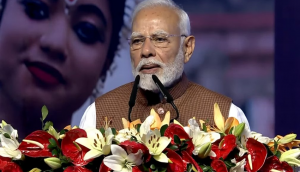



![BJP's Kapil Mishra recreates Shankar Mahadevan’s ‘Breathless’ song to highlight Delhi pollution [WATCH] BJP's Kapil Mishra recreates Shankar Mahadevan’s ‘Breathless’ song to highlight Delhi pollution [WATCH]](https://images.catchnews.com/upload/2022/11/03/kapil-mishra_240884_300x172.png)

![Anupam Kher shares pictures of his toned body on 67th birthday [MUST SEE] Anupam Kher shares pictures of his toned body on 67th birthday [MUST SEE]](https://images.catchnews.com/upload/2022/03/07/Anupam_kher_231145_300x172.jpg)


